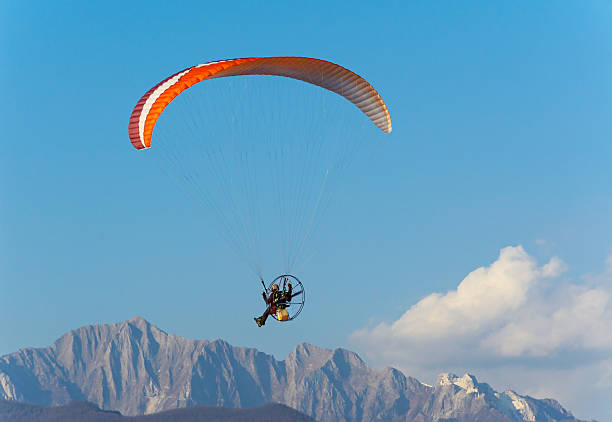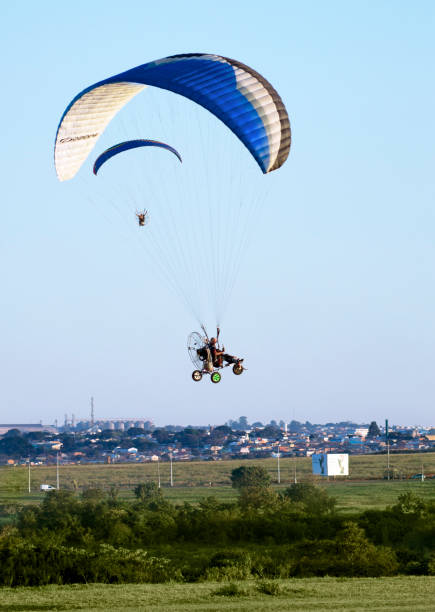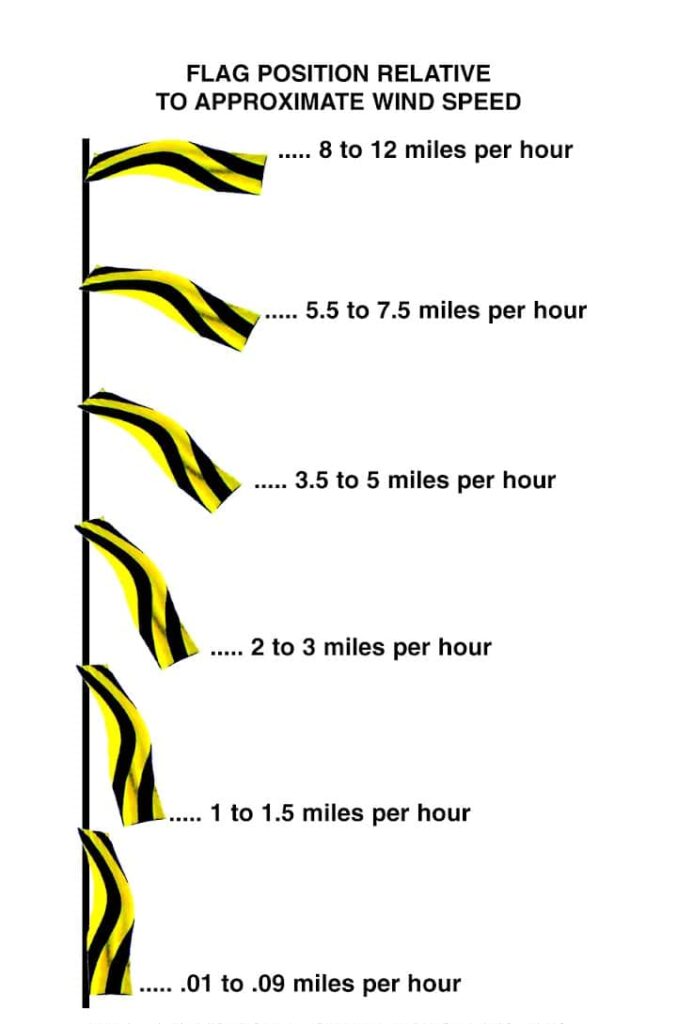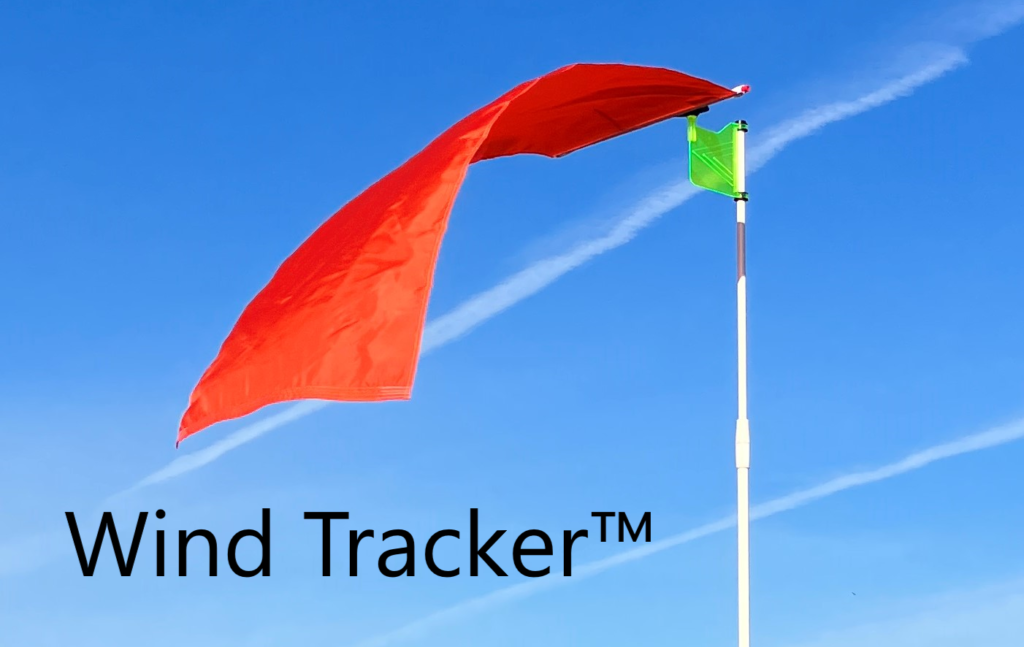Power Parachutes
Wind Direction Assessment:
Wind Tracker™ Windsocks are essential tools for power parachute pilots to assess wind direction. Power parachutes rely on the wind for takeoff, landing, and in-flight stability. By observing the windsock, pilots can quickly determine the prevailing wind direction at ground level, enabling them to align their aircraft appropriately for takeoff and landing.

Takeoff and Landing Guidance:
Wind Tracker™ Windsocks provide crucial guidance during takeoff and landing procedures. The direction and movement of the windsock help pilots adjust their approach and ascent or descent angles to align with the wind. This is vital for achieving safe and controlled takeoffs and landings, especially in varying wind conditions.
Wind Speed Estimation:
Wind Tracker™ While windsocks do not provide precise wind speed measurements, pilots can estimate wind speed based on the sock’s movement. This information is valuable for power parachute pilots in determining whether wind conditions are within safe operating limits for their specific aircraft and experience level.

Crosswind Considerations:
Wind Tracker™ Windsocks assist power parachute pilots in assessing crosswind conditions. Crosswinds can affect the stability of the parachute during takeoff and landing. By observing the windsock, pilots can make informed decisions about whether to proceed with operations, choose alternative runways, or adjust their approach and landing techniques.
In-Flight Stability:
Wind Tracker™ Windsocks contribute to in-flight stability. While in the air, power parachute pilots continuously monitor wind conditions to navigate safely. Windsock information aids pilots in anticipating how wind patterns may change at different altitudes, allowing for adjustments in flight path and maintaining stable and controlled flight.

Emergency Landings:
Wind Tracker™ Windsocks are crucial for power parachute pilots during emergency landing situations. In the event of an engine failure or other emergencies, pilots may need to make unplanned landings. Windsocks provide real-time information on wind direction, enabling pilots to choose suitable landing areas based on the wind conditions for a safer emergency landing.
Safety and Training Tool:
Wind Tracker™ Windsocks serve as safety and training tools for power parachute pilots, especially those in training or learning to operate in different wind conditions. Understanding and interpreting windsock information is a fundamental skill for power parachute pilots, contributing to safe and effective flying.
Ground Handling and Storage:
Wind Tracker™ Windsocks are valuable during ground handling and storage of power parachutes. Pilots and ground crews can use windsock information to assess wind conditions when moving, storing, or securing the aircraft on the ground. This ensures that ground operations are conducted safely and that the aircraft is properly stored in consideration of wind forces.
Wind Tracker™ windsocks are a necessary tool for power parachute operations, providing critical information for takeoff, landing, in-flight stability, emergency situations, safety considerations, and training purposes. Power parachute pilots rely on windsocks to make informed decisions that contribute to safe and controlled flight operations.
